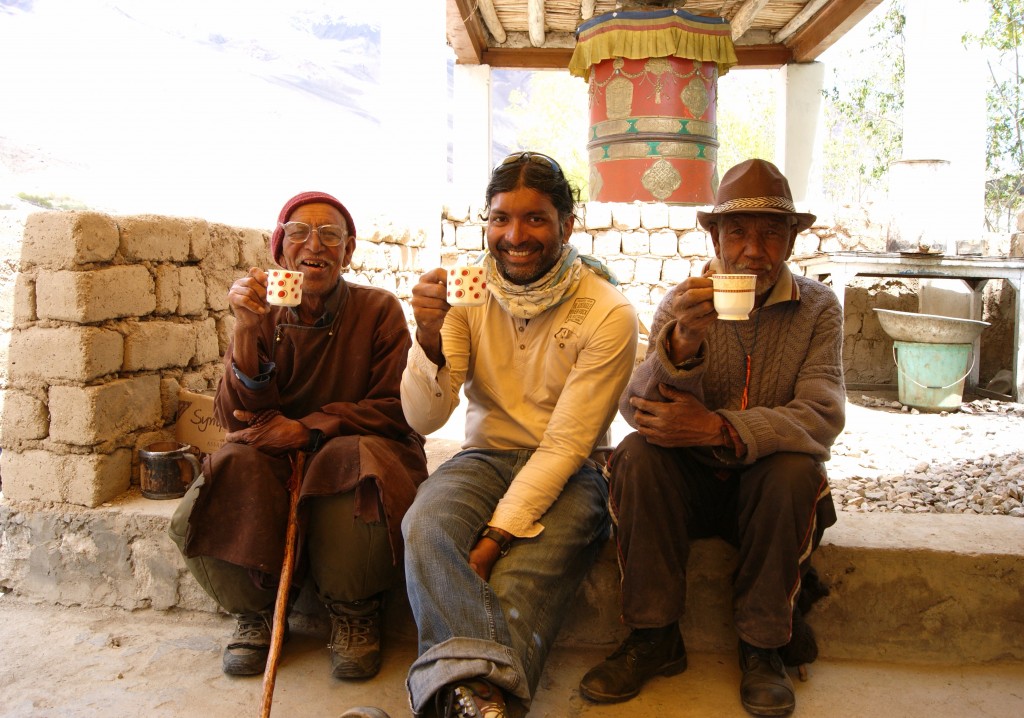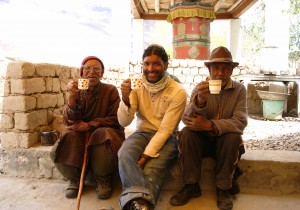Unless you are eyeing the strip passport world championship, you can afford to travel responsibly. Responsible travel is essentially slow travel, less invasive and more beneficial to the host community and environment. At the core of travel – and not just responsible travel – are new experiences, discovering new places, making new friends, facing new challenges. A journey of discovery becomes memorable, even successful only if it does not destroy what it discovers. This is where travelling responsibly comes in. As an increasing number of travellers gain a global perspective, the demand for environmentally, socially and economically responsible ways to travel is also growing. More and more travel businesses everywhere are also realising that responsible and respectful travel is the only way we can preserve travel destinations and ensure the future of travel.
Responsible tourism has been used interchangeably with ecotourism. And ecotourism with green tourism. And green tourism with sustainable tourism. Sustainable tourism with community tourism, community with volunteer tourism and so on… However, ‘responsible tourism’ (RT) is a bit of a catch-all concept that covers everything from alternatives and challenges to traditional or mass tourism. Besides calling attention to the fact that much of tourism today is just not responsible, RT also defines the new mindset of the new-age traveller: the need to be least intrusive, looking for deeper and longer-lasting connection with local people, a better understanding of their culture, their environmental and social issues and making economic contributions that benefit the community as a whole. On a higher level, it can also cover ethics and human rights. For the time being we will stick to the more basic ones like supporting community-based programmes like homestays, indigenous museums and educational programmes – all of which directly benefit the participating communities. Communities benefit in all the examples of RT like agro tourism, voluntourism, rural tourism and travel philanthropy. While this is not an exhaustive list and many terms overlap, let this be your initiation into least invasive tourism this season.
Ecotourism
The 3 Cs of ecotourism are (or how I try to remember them):
Conservation of environment,
Community participation, and,
Commercial viability
‘Ecotourism’ is today used widely by unscrupulous tourism vendors for pushing everything from shacks to star properties that it has almost become just another name. Most of us have seen ‘Ecotourist Lodge’ and ‘Eco Hotel’ with their sole claim to the ‘eco’ tag being the jagged wooden signboard. Before making your booking or checking in, make sure it’s indeed an ecotourism project – those that are necessarily have local participation and contribute towards conservation efforts. The profitability angle and its ability to sustain itself depends on the way it is run; anyway asking to see financial records may not be a good idea.
Community-based tourism
Community-based tourism includes travelling to the natural destinations inhabited by indigenous cultures around the world. The focus here is on giving a hand to help preserve the disappearing indigenous communities through cultural exchange, financial assistance and education. Thus the end results are enhanced understanding and knowledge for both the visitors and the host communities. Another big part of this branch of responsible travel is giving the resident communities the authority regarding the conduct of tourism in their lands. Community-based tourism is thus a holistic approach to tourism that incorporates environmental, social, economic and cultural impacts of tourism.
Buoyed by the sight of an increasing number of tourists off the beaten path and the growing support from government departments, development agencies and NGOs, several indigenous communities across India are developing infrastructure for tourism. Lookout for the next post for more details on community initiatives. Though many of these do lack facilities for a luxurious stay, bear in mind that they are the sweat and dream of the indigenous community; what you take away, in terms of authentic experience and learning more than makes up for what you might have to put up with.
Rural tourism
In rural tourism, travellers are provided with opportunities to visit rural areas and participate in recreational and other activities, events, festivals or attractions that are a part of hinterland life. The activities need not necessarily be of an agrarian nature, like in agro tourism (next).
Agro tourism
This is a subcategory of ecotourism and rural tourism. Travellers are encouraged to experience the farmer’s life and learn about different agricultural practices. These can be as elaborate as farmland irrigation, crop cycles and harvesting to growing a kitchen garden. This is your opportunity to work alongside farmers, tea pickers, vineyard growers and fishermen.
Fair trade tourism
Fair trade tourism takes fair trade into travel which means engaging the travel industry to make the conditions of those in the destination countries fair. It ensures that benefits are shared more equitably between travellers, the tourism industry, governments and most importantly, the citizens of the host country. ‘Fair trade’ is perhaps the most popular buzzword in RT thanks to Coldplay’s Chris Martin who became a staunch supporter after an Oxfam trip to meet Haitian farmers. While visiting a foreign land or community, buy your souvenirs from local stalls – goes a long way in supporting the indigenous artisans and their craft. By all means bargain, yes, but do give a fair price.
Heritage tourism
Among the commonest forms of tourism in India, heritage tourism respects the natural and built environments of the people and place. The National Trust for Historic Preservation in the United States defines heritage tourism as ‘travelling to experience the places that authentically represent the stories and people of the past.’ Local economies can be vastly aided by heritage tourism and developing heritage trails which links heritage or cultural landmarks.
Geotourism
The term ‘geotourism’ was coined by the National Geographic (of course!). Geotourism is tourism that sustains or enhances the geographical character of a place – its environment, culture, aesthetics, heritage and the well-being of its residents. The Natgeo website goes on to incorporate the concept of sustainable tourism which mandates that destinations should remain unspoiled for future generations while allowing for ways to protect a place’s character. It also borrows the ‘commercial viability’ from ecotourism principles – that tourism revenue should promote conservation of the place.
Pro poor tourism (PPT)
According to the website Propoortourism.org.uk PPT is tourism that results in increased net benefits for poor people. PPT is not a specific product or a niche sector but an approach to tourism development and management. It enhances the linkages between tourism businesses and poor people so that tourism’s contribution to poverty alleviation is increased and poor people are able to participate better in product development. More commonly known as ‘slum tourism’ this includes visiting impoverished areas.
Altruistic travel or Travellers’ philanthropy
 This voluntary movement in travel includes donating financial resources, talent and time to protect and positively impact the cultures and environments. Travel philanthropy as this is commonly called, helps to support community development, environmental, socio-cultural and economic improvements, providing jobs, educational and professional training, bio diversity conservation and healthcare. Traditionally altruistic travel has been the prerogative of the very wealthy and the retired; if you are neither, then you can be a voluntourist (next).
This voluntary movement in travel includes donating financial resources, talent and time to protect and positively impact the cultures and environments. Travel philanthropy as this is commonly called, helps to support community development, environmental, socio-cultural and economic improvements, providing jobs, educational and professional training, bio diversity conservation and healthcare. Traditionally altruistic travel has been the prerogative of the very wealthy and the retired; if you are neither, then you can be a voluntourist (next).
Volunteer travel or voluntourism
Voluntourism is combining voluntary service to a destination with other ‘traditional’ elements of travel like art, culture, history, recreation in that destination. The genesis of this branch of travel can be traced back to the 1960s to the Peacecorps’ philosophy that volunteers should serve their country by living and working in developing countries. The popularity of voluntourism is spreading rapidly and there are opportunities to volunteer all over the world. You need to be prepared to travel on a shoestring budget and rough it out.
‘Sustainable tourism used almost synonymously with RT is the outcome of the above different categories of RT. The goal of sustainable tourism is to meet the needs of the present tourists and locals while preserving future opportunities. This is ensured by optimal use of environmental resources, respecting culture, conserving heritage and traditional values.
‘Leave only your footprints behind’ is passé. With so many options you can actually leave something more, how about, say a legacy? Oh, and by the way, there’s nothing like a strip passport world championship. But there’s indeed a strip passport – a fun game where everybody flaunts the countries they have been to and everybody gets drunk.
This is the second of a four-part series on responsible travel; part three is on some of the better known and doing RT providers in India.



















Very informative post… The approach to travelling is very unique..
Thanks, Rahul. Responsible is the only way to go, buddy.